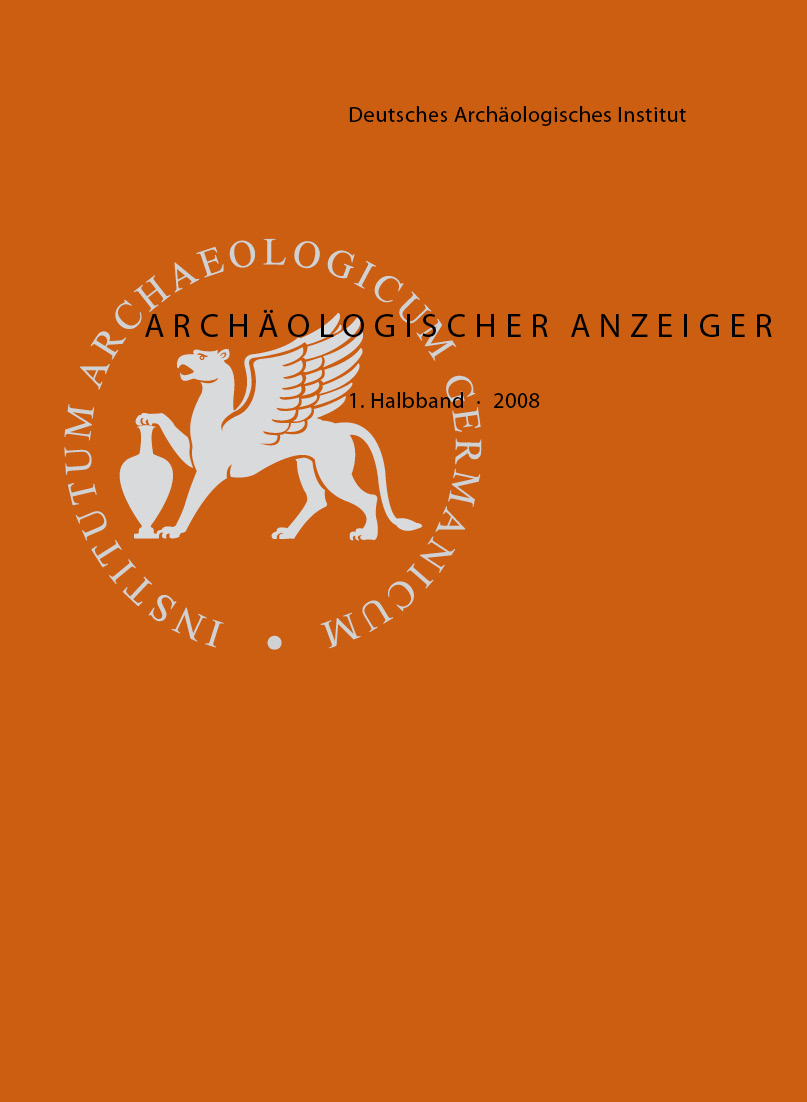Are the Walls the City? Preliminary Report on New Excavations at Miletus Investigating Its Settlement History in Late Antiquity and the Byzantine Period
https://doi.org/10.34780/m678-jf1f
Abstract
New excavations underway in Byzantine Miletus are intended to clarify when and how the sprawling late Roman city shrank to a narrow Byzantine castrum. So far, on the basis of a Justinianic building inscription from the Market Gate, the castrum has been dated to the 6th century. Following the example of Miletus the same has been assumed for other Byzantine castra in Asia Minor. This led to the notion that the ancient cities suffered depopulation and decline already in the early Byzantine period. However, new discoveries at Miletus appear to provide evidence of the contrary. This has been followed up with new excavations that lent further support to the initial doubts. It is probable that early Byzantine Miletus still covered a wide area, and that the castrum was not built until the 7th / 8th century when there was a need for defence against Arab incursions. This is indicated by diverse results and considerations relating to the course of the Goths’ Wall, the Hellenistic east wall and the Byzantine city wall, as well as to the Justinianic inscription from the Market Gate, new archaeological evidence from beyond the Byzantine wall, and the geoarchaeology of the necropolis site at which a church has been discovered.Keywords:
Miletus, fortifications, settlement history, Byzantine, transept basilicaDownloads
Published
2017-07-18
Issue
Section
Artikel
Bibliographic Information and Reviews
How to Cite
Niewöhner, P. (2017) “Are the Walls the City? Preliminary Report on New Excavations at Miletus Investigating Its Settlement History in Late Antiquity and the Byzantine Period”, Archäologischer Anzeiger, 1, pp. 181–201. doi:10.34780/m678-jf1f.


